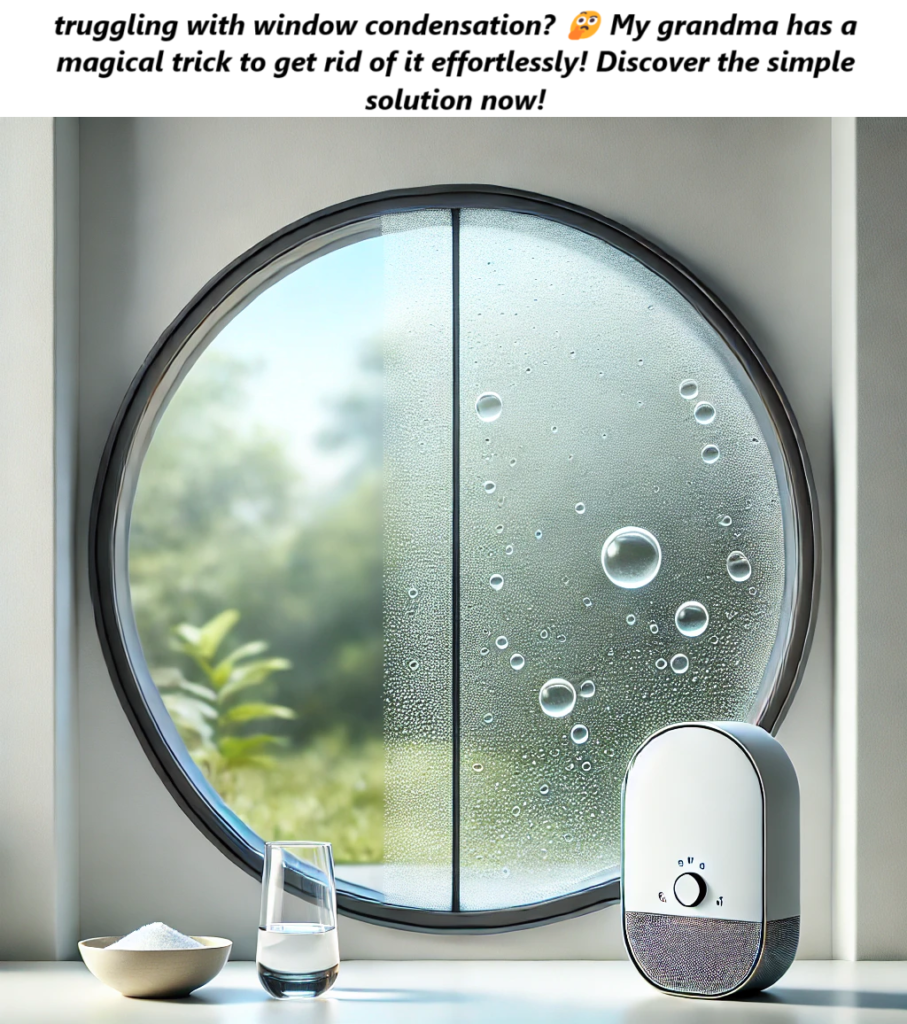Struggling with Window Condensation? Here’s How to Solve It Once and for All
Opening: Why Window Condensation Is More Than a Minor Annoyance
Picture this: you wake up on a chilly morning, ready to enjoy a beautiful view outside, only to find your windows fogged up with water droplets. It’s frustrating, isn’t it? But window condensation is more than just a nuisance; it can damage your home, foster mold growth, and even impact your health. The good news? You don’t have to live with it. Let’s dive into practical solutions that work.
Understanding Window Condensation: What It Is and Why It Happens
H2: The Science Behind Window Condensation
- Definition: Water droplets form when warm, moist air meets a cold surface.
- Causes:
- High indoor humidity
- Poor ventilation
- Temperature differences between indoor and outdoor environments
H3: Types of Window Condensation
- Interior Condensation: Caused by high humidity indoors.
- Exterior Condensation: Happens during humid weather when the window is colder than the outdoor air.
- Between-Pane Condensation: Indicates seal failure in double or triple-glazed windows.
The Problems Caused by Window Condensation
H2: Why You Shouldn’t Ignore Window Condensation
- Damage to Your Home:
- Paint and wallpaper peeling
- Wood rot on window frames
- Health Concerns:
- Mold and mildew growth
- Respiratory issues caused by prolonged exposure
- Energy Efficiency Loss:
- Reduced effectiveness of insulation
- Higher energy bills
Practical Solutions to Prevent and Reduce Window Condensation
Next Page
Practical Solutions to Prevent and Reduce Window Condensation
H2: Quick Fixes for Immediate Relief
- Use a Window Squeegee: Remove condensation manually.
- Dry with a Microfiber Cloth: Absorb excess moisture quickly.
- Place a Dehumidifier Nearby: Reduces indoor humidity.
H2: Long-Term Strategies to Keep Condensation Away
H3: Improve Ventilation
- Install trickle vents on windows.
- Open windows periodically to allow airflow.
H3: Reduce Indoor Humidity
- Use exhaust fans in kitchens and bathrooms.
- Avoid drying clothes indoors.
- Add moisture absorbers (e.g., silica gel or a bowl of salt).
H3: Upgrade Your Windows
- Invest in double or triple-glazed windows.
- Repair or replace broken window seals.
- Apply an anti-condensation coating.
Bonus Section: DIY Recipe for a Natural Window Dehumidifier
H2: Ingredients for a Simple Moisture Absorber
| Ingredient | Amount | Purpose |
|---|---|---|
| Baking Soda | 1 cup | Absorbs excess moisture |
| Essential Oil (optional) | 5-10 drops | Adds a pleasant scent |
| Bowl or Mason Jar | 1 | Container for the mix |
| Cheesecloth | 1 piece | Allows airflow |
| Rubber Band | 1 | Secures the cheesecloth |
H3: Instructions
- Pour baking soda into the jar or bowl.
- Add a few drops of essential oil for a fresh smell.
- Cover the container with cheesecloth and secure it with a rubber band.
- Place the DIY dehumidifier near windows prone to condensation.
FAQ: Answering Your Questions About Window Condensation
H2: Frequently Asked Questions
H3: What is the fastest way to get rid of window condensation?
Use a squeegee or microfiber cloth to remove the moisture, then place a dehumidifier nearby.
H3: Can window condensation damage my home?
Yes, prolonged condensation can cause wood rot, paint damage, and promote mold growth.
H3: How can I prevent condensation from forming in the first place?
Reduce indoor humidity, improve ventilation, and invest in quality double-glazed windows.
H3: Is exterior condensation a problem?
Exterior condensation is usually harmless and indicates energy-efficient windows.
Conclusion: Say Goodbye to Window Condensation for Good
Window condensation may seem like a small issue, but its impacts can be significant. By understanding its causes and implementing the practical solutions outlined here, you can protect your home, improve your health, and enjoy crystal-clear views every day. Take action today, and never let condensation cloud your windows again!

